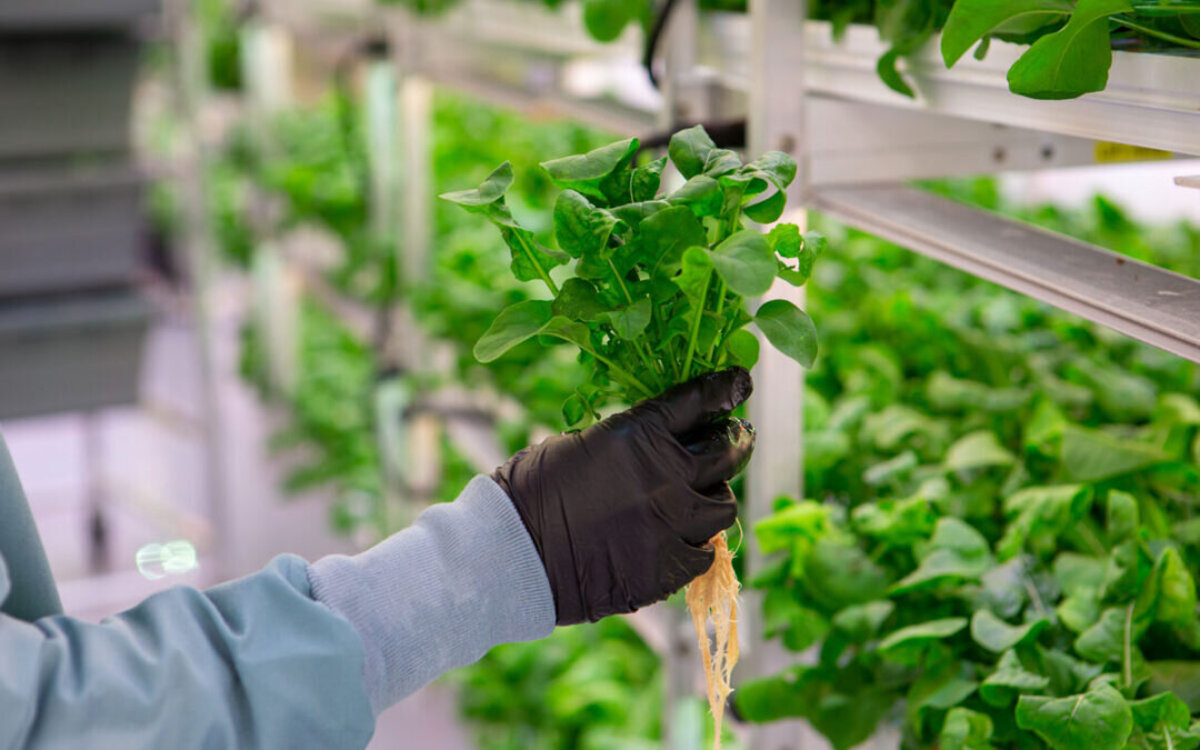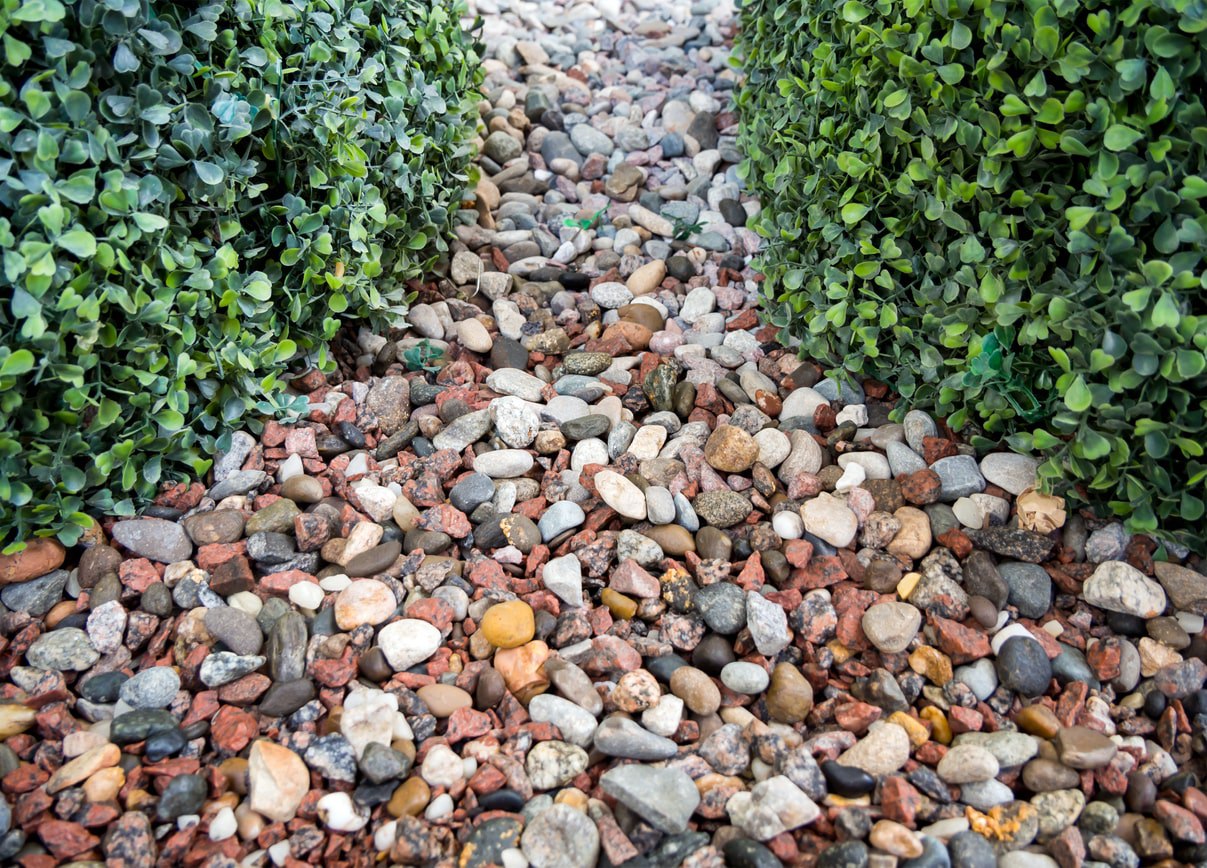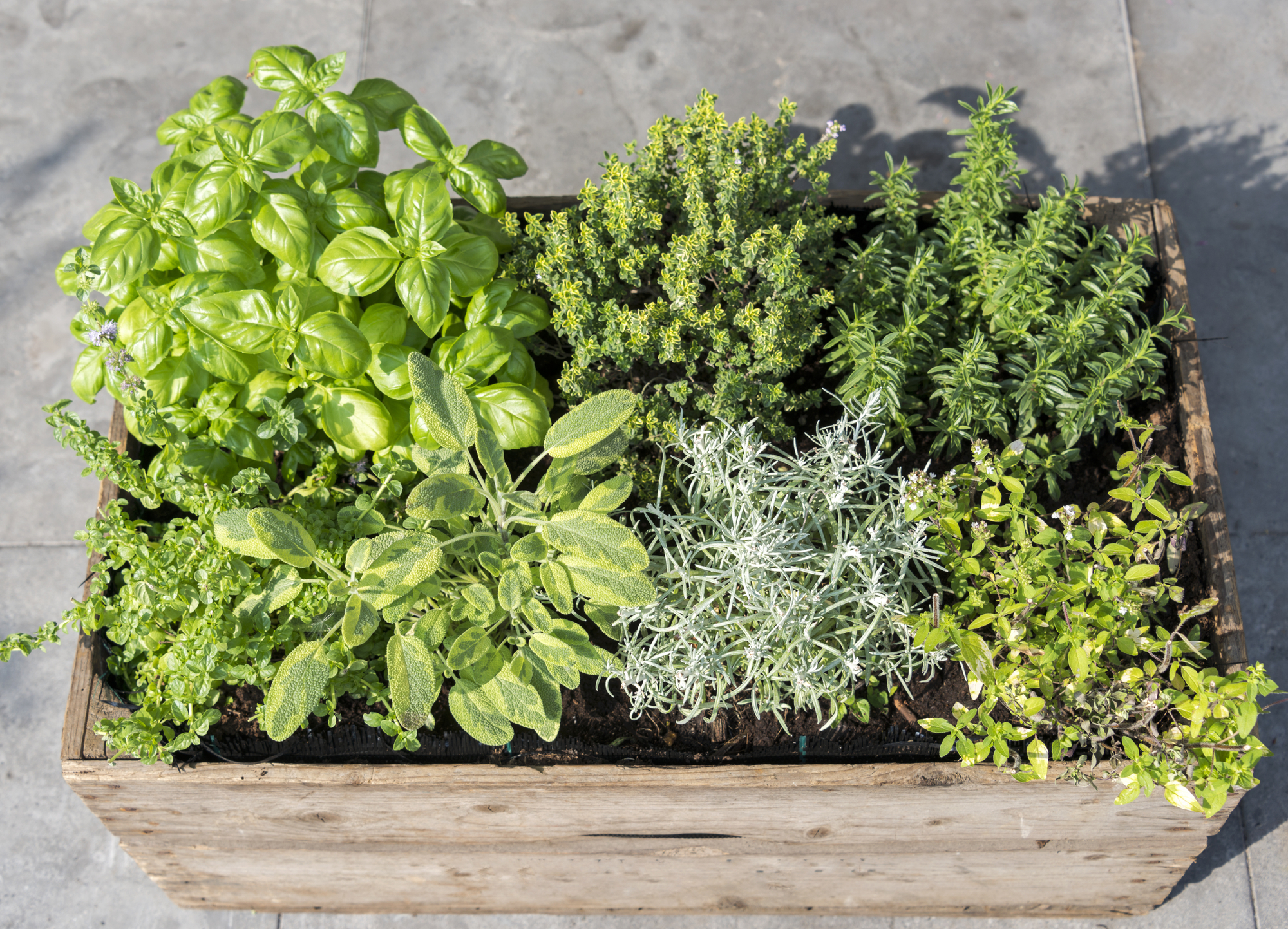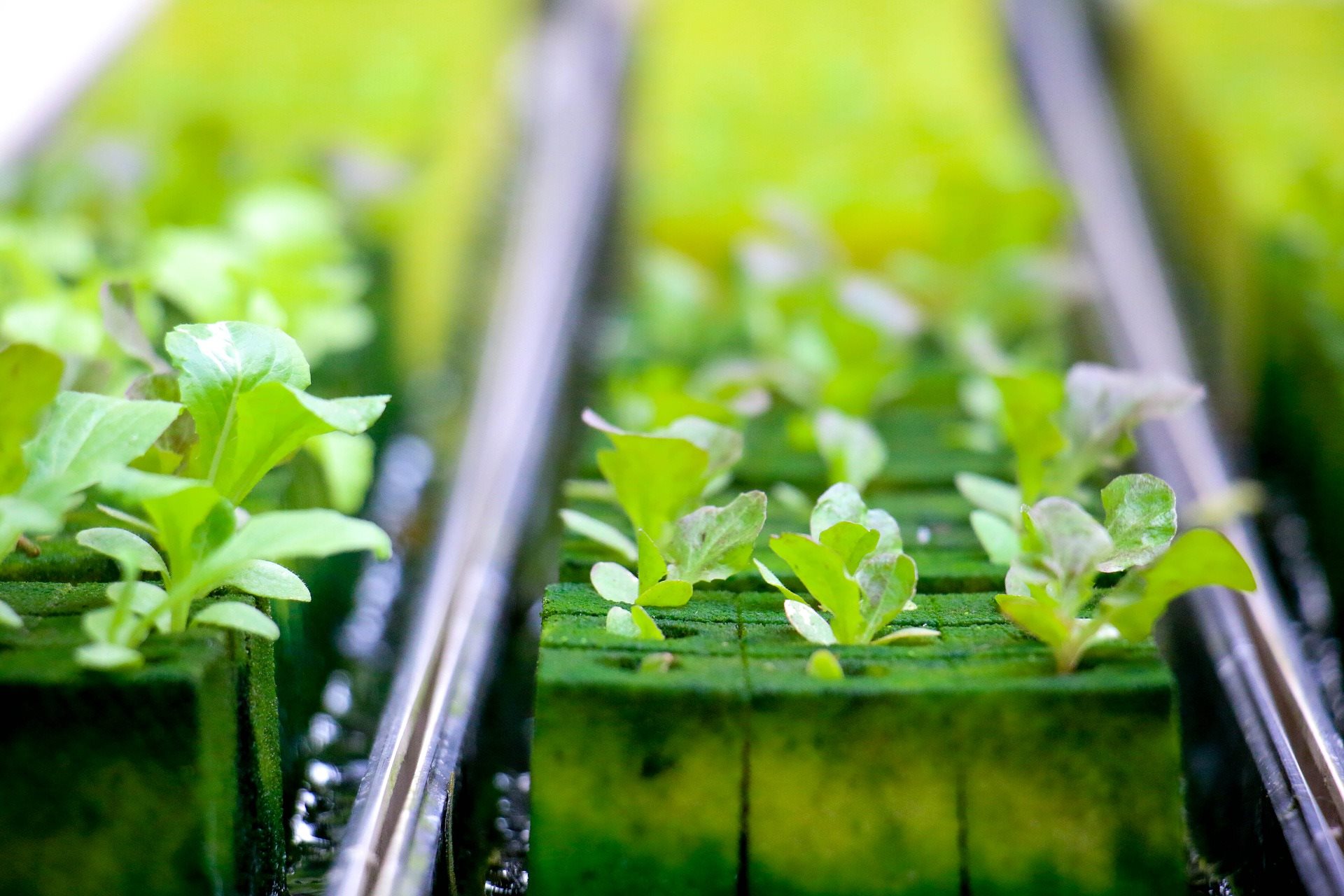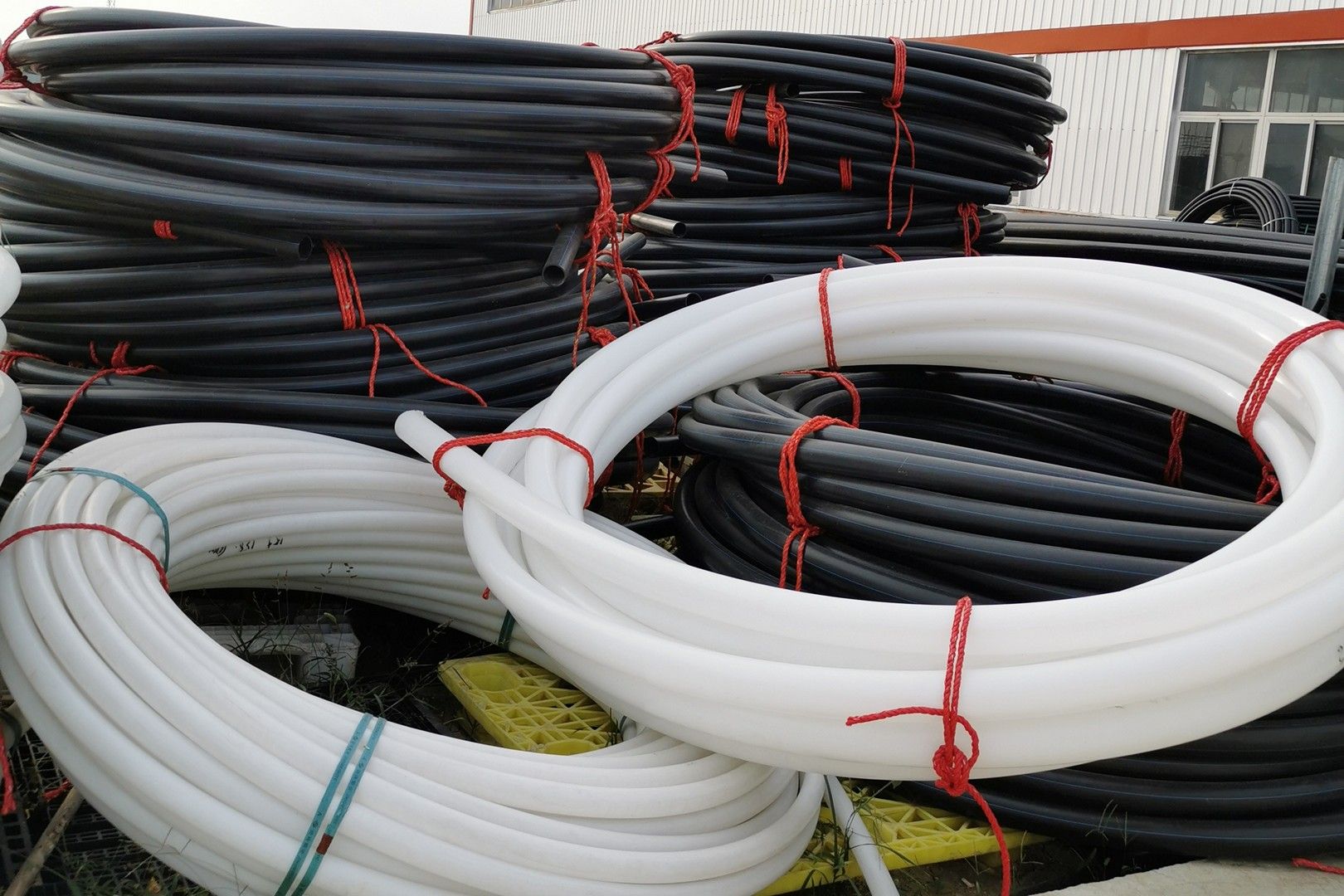Home>Gardening Tips and Tricks>Eco-Friendly Gardening>What Size Container To Use For Hydroponics
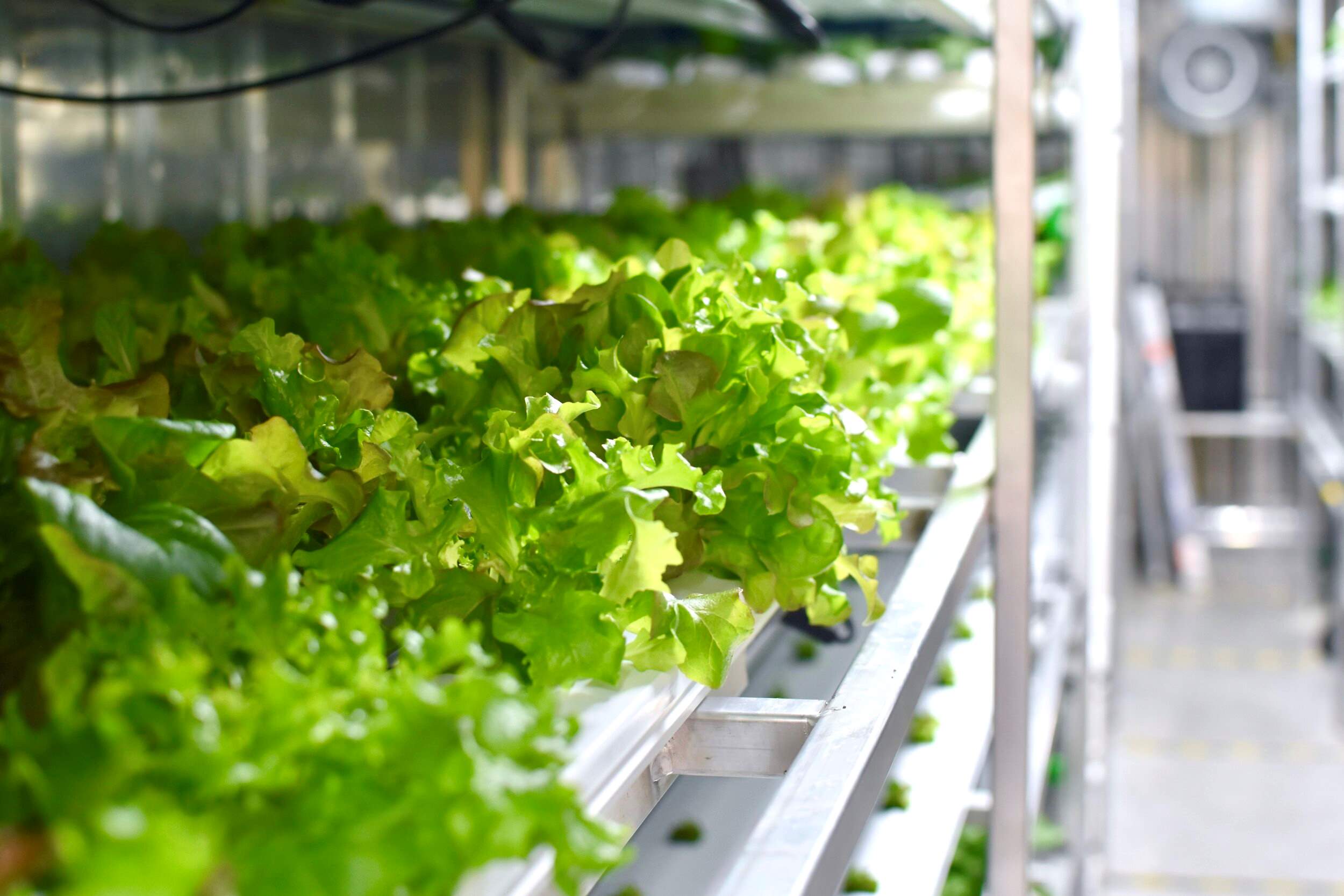

Eco-Friendly Gardening
What Size Container To Use For Hydroponics
Modified: January 22, 2024
Find the perfect size container for your eco-friendly hydroponics garden. Explore our range of containers designed for sustainable and efficient hydroponic gardening.
(Many of the links in this article redirect to a specific reviewed product. Your purchase of these products through affiliate links helps to generate commission for Chicagolandgardening.com, at no extra cost. Learn more)
Table of Contents
Introduction
With the increasing focus on sustainability and environmental consciousness, many gardeners are turning to eco-friendly gardening practices. One such practice gaining popularity is eco-friendly gardening, which is centered around reducing environmental impact and promoting sustainability. One aspect of eco-friendly gardening is hydroponics, a method of growing plants without soil.
When it comes to hydroponics, choosing the right container size is crucial for the success of your plants. The container size affects the root development, nutrient uptake, and overall growth of the plants. In this article, we will explore the various factors to consider when selecting the container size for hydroponics and discuss different container size options for different types of hydroponic setups.
Whether you are a beginner or an experienced gardener, understanding the importance of container size in hydroponics will help you create an optimal growing environment for your plants. So, let’s dive in and explore the world of container sizes in hydroponics!
Factors to Consider when Choosing Container Size
When it comes to hydroponics, selecting the right container size is essential for the health and growth of your plants. There are several factors to consider before deciding on the appropriate container size for your hydroponic setup:
- Plant Size: The size of the plant plays a crucial role in determining the container size. Larger plants require more space for root development, so they need bigger containers. Smaller plants, on the other hand, can thrive in smaller containers.
- Water Requirements: Different plants have varying water requirements. Some plants need more water while others require less. It’s important to choose a container size that can hold an adequate amount of water to meet the plant’s needs without excessive water retention.
- Root Development: The container size directly impacts the root development of plants. Plants with larger root systems require larger containers to allow for proper growth and expansion. Insufficient space for root development can lead to root crowding and negatively impact plant health.
- Air Circulation: Proper air circulation is essential for the health and vitality of hydroponic plants. Choosing the right container size ensures that there is enough space for air movement around the roots, preventing the risk of root rot and other fungal diseases.
- Growing Environment: Consider the available space and environment where you plan to set up your hydroponic system. If you have limited space, smaller containers may be more suitable. For larger spaces or commercial operations, larger containers can accommodate a higher volume of plants.
By taking these factors into account, you can determine the optimal container size for your hydroponic setup. It’s important to strike a balance between providing enough space for root development and ensuring efficient use of available resources such as water and space.
Container Size Options for Hydroponics
When it comes to selecting the container size for your hydroponic system, there are various options available to suit different needs and setups. Here are some container size options to consider:
- Small Containers for Desktop or Indoor Hydroponics: If you have limited space or want to start with a smaller setup, small containers are a great choice. These containers are typically around 1-5 gallons in size and are suitable for growing herbs, lettuce, or small vegetables. They are also ideal for desktop hydroponic systems, where space is a constraint.
- Medium Containers for Balconies or Small Gardens: For those with a bit more space, medium-sized containers offer more room for plant growth. These containers can range from 5-20 gallons and are suitable for larger vegetables such as tomatoes or peppers. They are also great for balcony gardens or small-scale hydroponic setups.
- Large Containers for Commercial Hydroponic Operations: If you are planning a commercial hydroponic operation or have ample space in your garden, large containers are the way to go. These containers can range from 20-100 gallons or even larger, depending on the scale of your operation. They can accommodate multiple plants or larger root systems, allowing for higher crop yields.
It’s important to note that the container size should also align with the type of hydroponic system you are using. For example, deep water culture systems require larger containers to hold a sufficient volume of nutrient solution, while aeroponic systems can work with smaller containers.
Additionally, consider the material of the containers. Plastic containers are lightweight, durable, and cost-effective, but they may degrade over time under prolonged exposure to UV rays. Alternatively, you can opt for fabric containers that provide excellent root aeration and drainage.
Remember to leave enough space between plants when using larger containers to prevent overcrowding and ensure proper air circulation. Regular monitoring and adjustment of nutrient solutions and water levels are crucial in maintaining optimal growing conditions for your hydroponic plants.
Ultimately, the container size you choose will depend on the available space, the type of plants you intend to grow, and your goals for your hydroponic system. By selecting the appropriate container size, you can provide an optimal growing environment for your plants and maximize their growth potential.
Small Containers for Desktop or Indoor Hydroponics
For gardening enthusiasts with limited space or those looking to set up a hydroponic system indoors, small containers are an excellent choice. These containers are specifically designed to accommodate smaller plants and are perfect for desktop or indoor hydroponic setups.
Small containers typically range in size from 1 to 5 gallons and are ideal for growing herbs, lettuce, and other small vegetables. They can fit neatly on countertops, windowsills, or even within compact hydroponic grow tents.
One advantage of using small containers is their portability. They can be easily moved around to optimize lighting conditions or to make room for other plants or decor. This flexibility is especially beneficial for those who live in apartments or have limited outdoor space.
When choosing small containers for your desktop or indoor hydroponic system, consider the material of the container. Plastic containers are lightweight, affordable, and widely available. However, make sure to choose food-grade or BPA-free plastics to ensure the safety of your plants and the nutrient solution.
Alternatively, fabric containers, often made from breathable and durable materials like felt or fabric pots, are gaining popularity. These containers allow for excellent root aeration and drainage, which promotes healthier root systems and reduces the risk of overwatering. They are also collapsible, making them easy to store when not in use.
Whether you opt for plastic or fabric containers, it is important to ensure proper drainage. Small containers should have drainage holes at the bottom to prevent water from pooling and causing root rot. You can also use a tray or saucer underneath the container to catch any excess water.
When using small containers, it is crucial to monitor the nutrient solution and water levels regularly. Smaller containers have less water-holding capacity, so maintaining proper moisture levels is vital for the plants’ overall health and growth.
Small containers are a great option for beginners or those looking to experiment with hydroponics on a smaller scale. They provide an opportunity to grow fresh herbs and vegetables indoors, adding a touch of greenery to any space. With the right container size and care, your desktop or indoor hydroponic system can yield a bountiful harvest and bring the joy of gardening right into your home.
Medium Containers for Balconies or Small Gardens
If you have a balcony or a small garden space, medium-sized containers are a practical choice for your hydroponic setup. These containers offer more room for plant growth compared to small containers and can accommodate a wider range of vegetables, making them ideal for balcony gardens or small-scale hydroponic systems.
Medium containers typically range in size from 5 to 20 gallons, providing ample space for larger vegetables such as tomatoes, peppers, or compact varieties of cucumbers. They can be placed on balconies, patios, or even in small raised beds or container gardens.
Using medium containers allows you to grow a greater variety of plants and experiment with different hydroponic techniques. You can set up a drip irrigation system, a nutrient film technique (NFT) system, or a wick system, depending on your preferences and the specific requirements of the plants you are growing.
When selecting medium containers for your hydroponic system, consider the material of the container. Plastic containers are a popular choice due to their affordability, durability, and lightweight nature. However, ensure that the plastic used is food-grade or BPA-free to avoid any potential leaching of harmful chemicals into the nutrient solution.
If you prefer a more environmentally-friendly option, look for fabric containers made from materials like felt or fabric pots. These types of containers offer excellent root aeration and drainage, promoting healthier plants and minimizing the risk of waterlogging.
Proper drainage is crucial when using medium containers. Ensure that they have drainage holes at the bottom and use saucers or trays to catch any excess water, preventing it from pooling around the plants and causing root rot.
Another consideration when using medium containers is plant spacing. Leave enough space between each plant to allow for air circulation and prevent overcrowding. This will help reduce the risk of disease and ensure that each plant has enough room to fully develop and receive adequate light and nutrients.
Medium containers offer the advantage of having a higher water-holding capacity compared to small containers. This means you won’t need to water as frequently, but regular monitoring of the nutrient solution and water levels is still important to maintain optimal growing conditions for your plants.
By utilizing medium-sized containers in your balcony or small garden, you can create a thriving hydroponic system that provides a bountiful harvest of fresh, homegrown vegetables, even in limited spaces.
Large Containers for Commercial Hydroponic Operations
For those looking to scale up their hydroponic endeavors or venture into commercial production, large containers are essential. These containers are designed to support larger plants with more extensive root systems and cater to the higher volume of crops required for commercial purposes.
When it comes to commercial hydroponic operations, the container size can vary significantly and largely depends on the scale of the operation. Large containers typically range from 20 to 100 gallons or even larger to accommodate a greater number of plants and facilitate optimal root development.
Large containers are commonly used in systems such as nutrient film technique (NFT), deep water culture (DWC), and ebb and flow systems. These systems require larger volumes of nutrient solutions, and the size of the containers plays a critical role in their success.
When selecting large containers, it is important to choose durable materials that can withstand the demands of commercial production. Reinforced plastic containers or large fiberglass tanks are popular choices due to their strength, longevity, and resistance to corrosion or degradation.
In commercial hydroponics, efficient use of space is crucial. Large containers allow for denser plant spacing, maximizing the use of available area and increasing crop yields. However, it is important to strike a balance between plant density and providing sufficient space for each plant to grow and access resources like light, water, and nutrients.
Proper drainage is vital when working with large containers. The containers should have adequate drainage holes to prevent water from accumulating and causing waterlogged conditions, which can lead to root rot and plant health issues.
Large containers also require robust irrigation systems. Automated irrigation systems, such as drip or spray systems, are commonly used in commercial hydroponic operations to ensure precise and efficient nutrient delivery to the plants.
Regular monitoring of the nutrient solution and maintaining proper pH levels is crucial in commercial hydroponics. With larger containers, nutrient solution management becomes even more important to ensure consistent and optimal plant growth.
In commercial hydroponic operations, the container size is just one piece of the puzzle. Factors like lighting, temperature control, and crop selection also contribute to the success of the operation. It is important to have a thorough understanding of the specific requirements of the crops being grown and implement best practices accordingly.
By utilizing large containers in commercial hydroponic operations, growers can maximize crop production, optimize resource efficiency, and contribute to sustainable agriculture practices.
Conclusion
Choosing the right container size is a crucial aspect of successful hydroponic gardening. Whether you are setting up a small-scale system for desktop or indoor use, creating a balcony garden, or embarking on a commercial hydroponic operation, the container size plays a vital role in the health and growth of your plants.
Consider factors such as plant size, water requirements, root development, air circulation, and the available growing environment when selecting the appropriate container size. Small containers are ideal for desktop or indoor hydroponics, providing a space-saving solution for growing herbs and small vegetables. Medium containers are well-suited for balconies or small gardens, allowing for a wider range of plant options. Large containers are necessary for commercial hydroponic operations, accommodating larger plants and providing higher crop yields.
Choose containers made from durable and safe materials such as food-grade plastic or fabric pots. Ensure proper drainage to prevent waterlogging and regularly monitor the nutrient solution and water levels to maintain optimal growing conditions.
Regardless of the container size, hydroponic gardening offers numerous benefits, including higher crop yields, efficient use of resources, and the ability to grow fresh produce in limited space. Embracing eco-friendly gardening practices through hydroponics contributes to sustainability and reduces environmental impact.
Remember, the choice of container size is just one aspect of successful hydroponics. Consider other factors such as lighting, temperature control, and nutrient management to create an optimal growing environment for your plants.
So, whether you have a small tabletop hydroponic setup or a large-scale commercial operation, selecting the right container size is a crucial step towards achieving a thriving and productive hydroponic garden. By understanding the factors to consider and exploring the different options available, you can embark on a successful and eco-friendly hydroponic gardening journey.
